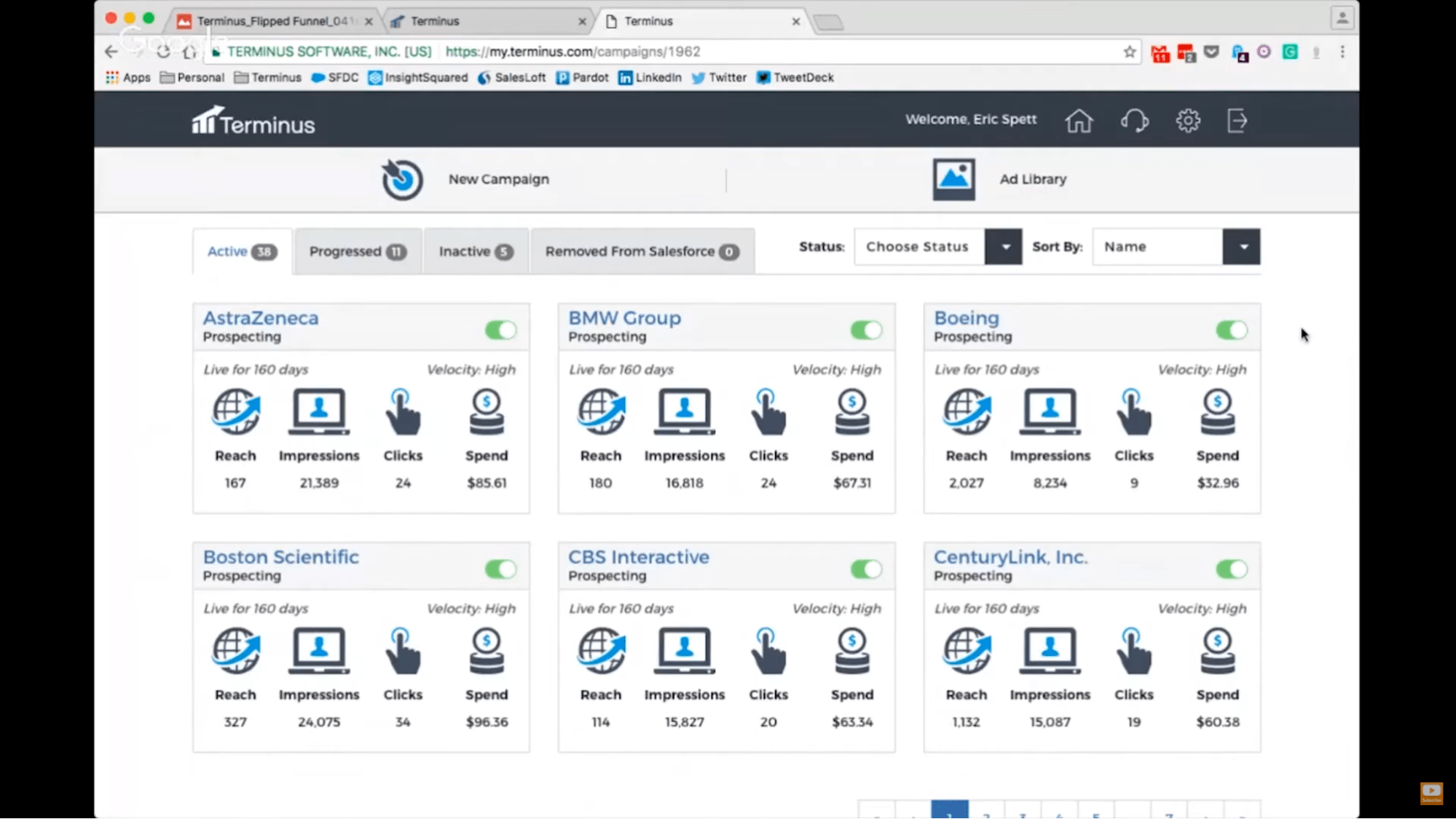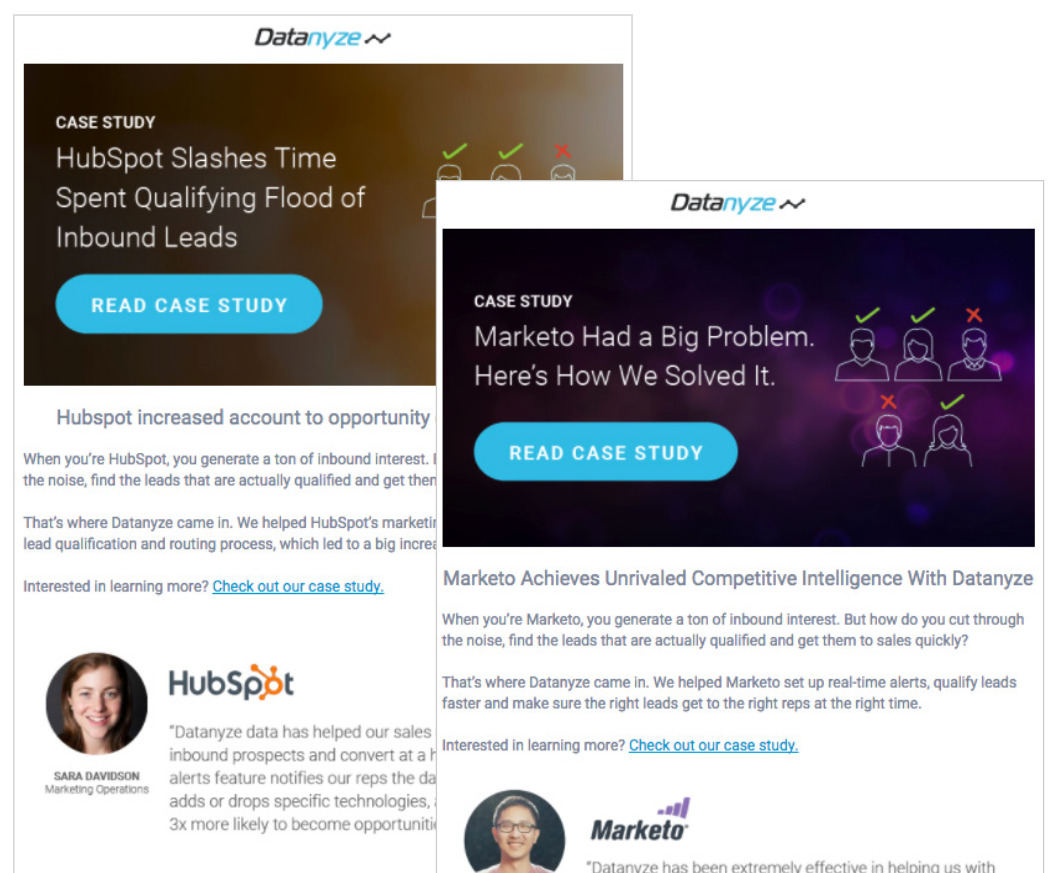Table of Contents
This leads to a common paradox: Sales can’t meet its goals because the leads aren’t well-qualified, while marketing can achieve its goals by generating a large number of leads.
Account-based marketing, or ABM, strives to closely coordinate all marketing and sales activities and focus on common goals.
This manual will teach you:
What is account-based marketing (ABM)?
A type of business-to-business (B2B) marketing known as account-based marketing (ABM) centers on coordinating sales and marketing efforts to target specific accounts. Target accounts are viewed as a market of one by ABM, which prioritizes account quality over lead volume.
How does ABM work?
It is important to note that Account-Based Marketing is not a specific marketing strategy or tool. How well do you know and recognize your potential customer? Everything else comes second.
Allow me to clarify:
Generalizations about the ideal client are the foundation of most “traditional” marketing techniques, such as content marketing, inbound marketing,. In theory, they don’t need to “know” the prospect by name because, after a sequence of touchpoints, a real customer will show up and fill out a form or sign up for a trial.
ABM teams will follow suit first. Their ideal customer profile or buyer persona will be their starting point. Instead of waiting for customers to introduce themselves, ABM goes one step further and gets to know them.
If I had to pick just one picture to illustrate how Account-Based Marketing works I would display this snapshot from a product presentation of an ABM advertising solution:

If you look closely, you’ll see that this is a dream come true for many B2B marketers. The dashboard displays the number of interactions targeted companies that is, preselected companies have had with an advertiser’s ad.
Salespeople and sales reps are able to identify individuals who are showing purchase intent and tailor their conversations to close deals based on these interactions.
To understand more about ABM, let’s examine its many types and some real-world examples.
Types and examples of account-based marketing
At the level of detail involved in account targeting (i.e., current or future clients), ABM teams typically engage in one of the following types of account-based marketing:
One-to-one ABM
Aim for five to ten businesses. Relies significantly on connections to target accounts (market of one) to deliver targeted information and messaging. Used when pursuing the most affluent clients.
Example:
Software and UX firm Intridea was hoping to land a job at storied advertising firm Ogilvy. He then decided to take a notice that he couldn’t ignore: a huge billboard with the name Ogilvy that was near his workplace.

As you can see, the ad drove the business to visit oglethis.co, where the landing page touted the benefits of collaborating.
Surprisingly, he was able to schedule a meeting with a well-known agency.
One-to-few ABM
Focuses on account clusters with comparable properties (typically three to five clusters, with fifty to one hundred accounts each). Less personalization: This strategy extends marketing to a wider range of accounts rather than creating unique messages for each firm.
Example:
To announce the new Marketo connection, Datanyze, a technology provider, created an awareness email campaign and distributed it to accounts that were HubSpot or Marketo users.
The idea behind the campaign was that Datanyze’s most important clients were those who used marketing automation software, or CRM.
As a result, the campaign delivered a good return on investment, achieved 37% better open rates than their non-ABM emails and enabled new contracts to be closed.

One-to-many ABM
List 100-1,000 organizations as a target (but no upper limit). This type of account-based marketing (ABM) focuses on lead generation, while other types focus more on relationship development and personalization.
Example:
Microsoft used LinkedIn ads to target 2,000 accounts in an effort to spread the word about its unique offering and attract contacts, particularly senior decision makers. Additionally, the business aims to increase share of voice (SOV) in the AI industry.
Throughout the campaign, Microsoft used sponsored content to promote the eBooks, which included LinkedIn Lead Gen Forms:

As a result, Microsoft increased its SOV from 30% to 40% and generated 863 new leads from the account list (of which 43% were at director level or above), all while keeping costs and CTR below the UK tech average.
IMPORTANT: ABM TYPES ARE NOT MUTUALLY EXCLUSIVE
One of the three ABM types listed above need not be used exclusively by ABM teams. They can be used separately or together.
For example, a business may want to expand its success (one-to-few), starting with a very promising client (one-to-one). On the other hand, others may choose to start with the big picture before transitioning to a laser-focused goal.
How to implement ABM
ABM 101: Marketing and sales departments must be in sync before the ABM team can take further action. Here, alignment refers to three concepts:
- There are no significant conflicts that impede communication or production.
- Different responsibilities can be assigned by sales and marketing within the same account targeting process. Account Development (BDR/SDR), ABM Lead and ABM Campaign Manager are some examples of responsibilities in this process.
- Marketing and sales use the same KPIs and objectives. Examples include sales velocity, account win rate, and account engagement rate.
The customer success department is often involved in the process of creating and implementing ABM.
Inbound marketing + ABM = the best of both worlds
As I’ve said before, account-based marketing is often seen as a counter tactic to inbound marketing. This is due to the fact that the former is a highly outbound strategy of pursuing well-chosen accounts, while the latter is discovered by an unknown customer who will show up somewhere in the marketing funnel.
Here’s some data to back up this claim.
Google and Millward Brown Digital conducted a 2014 study of the research and buying patterns of B2B decision-makers. Some intriguing findings from the study may be useful for B2B marketers.
- Purchasing choices are influenced by B2B researchers who do not hold C-suite positions.
- Instead of using a branded search, 71% of B2B researchers start their search with a generic search.
- Millennials, born between 1981 and 1996, are often defined as more than half of all B2B researchers. This is a 70% increase from 2012.
Final thoughts
In my opinion, the most important lesson in account-based marketing is how to better connect sales and marketing. Whether you decide to use this marketing tactic or not, ABM shows us that amazing things can happen when sales and marketing work together.
We can credit ABM with trying to find new solutions to certain specific marketing (and sales) problems. Thankfully, marketing is always changing and occasionally presents us with new ideas.
READ | Inbound Marketing: What Is It? Definition, illustration and 5 optimal methods
READ | June 2024: 3 Tech Stocks for the Coming Bull Run
READ | 5 things to know before the stock market opens on Monday.


2 thoughts on “Unlocking Success: The Ultimate Beginner’s Guide to Account-Based Marketing (ABM).”